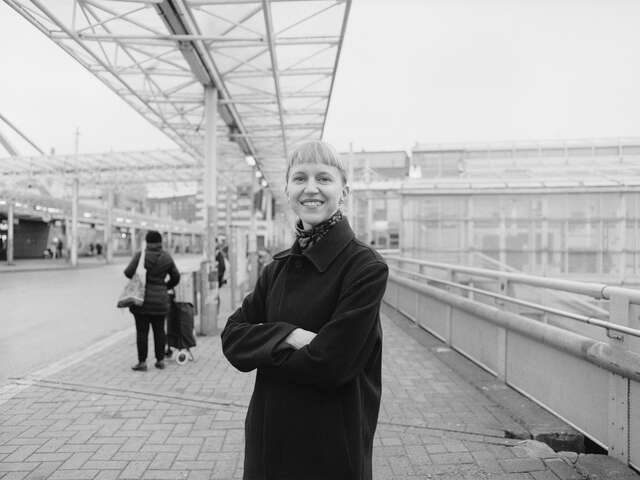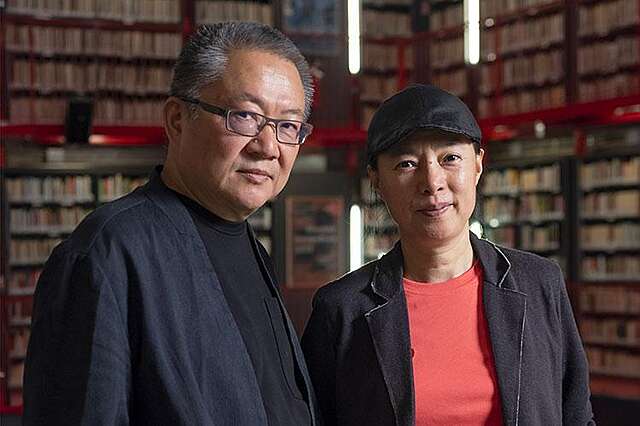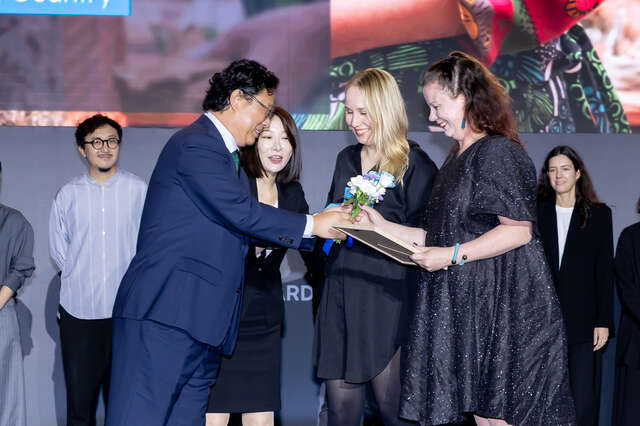Finimalism Perspective: Good and considerate design creates the conditions for change
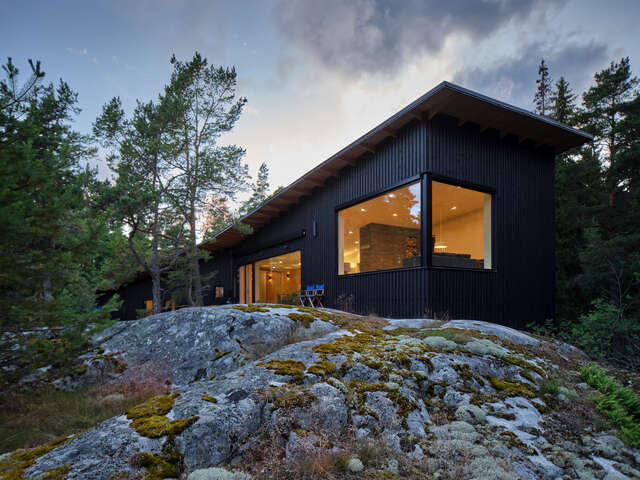
Finimalism, a joint project between Finnish architecture, design and fashion, publishes a Journal series that invites prolific Finnish architects and designers to share their perspectives on their professions. We share some of the articles on our site. Architect Jenni Reuter was interviewed by Anna Rusi for the first Journal, entitled ‘Rethink’.
How do ethics and morals intertwine with good design? Professor and architect Jenni Reuter addresses this intersection from two angles: as an educator at Aalto University and as a practitioner with Hollmén Reuter Sandman, a firm acknowledged for its pioneering work in socially responsible design.
I could have ended up somewhere completely different, architecture was never my dream job. The path to the present moment has been an intuitive one: I have merely sought to do things that interest me. Looking back, the path seems logical – which was not always the case. I have more trust in intuition now, but I could already lean on it at a young age.
I started to teach right after graduation, and I have held on to teaching to this day, nowadays as a professor. I am also involved in design projects of my own, and I share an office with Saija Hollmén and Helena Sandman. My main occupation, however, is academia. All my engagements trace back to impact: I want to help make the world a bit better. Social sustainability and the societal role of the architect are more and more front and centre.
I find inspiration in life: in the everyday, different surroundings, taking note of moments and emotional states. Many of my designs have exemplified how we could do something differently. I hope that my work can inspire others to practise sustainability. Life is short and it is a privilege to do a job that feels meaningful – one that should, therefore, be done well.
Digitalisation has shaped the work of architects, but the architect’s role has also shifted. The processes involved have become more complex. The topics of discussion have also changed. I spoke about biodiversity, sustainable construction, and the circular economy in the 1990s – in the terms of that time – but these questions have only become everyday in recent years. Things have a tendency to change quickly, and we can never be sure where we are headed. But someone needs to proactively advocate for change.
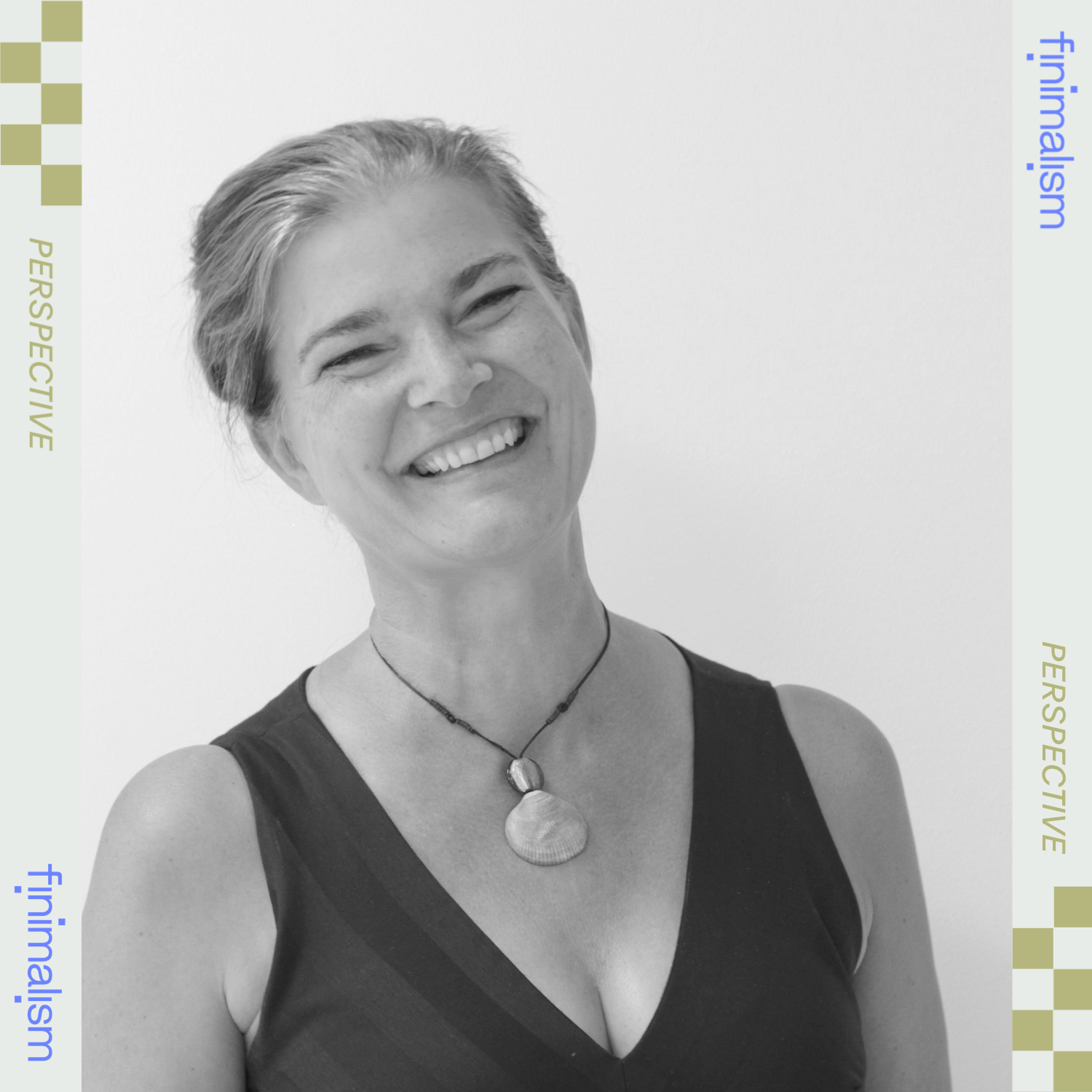
I wish to underline that the architect’s core know-how is in creating a good space. There are much better experts in topics such as biodiversity. The architect needs to be able to combine many parts and skills – this is why one needs to remain open to collaboration across fields. Our role is to make a shared dream into reality. At its best, a seamless collaboration means that once the work is finished, it is impossible to say who did what.
Architecture is the only art form we can never set aside. Architecture has an influence on our whole lifespan in all areas: how we eat, sleep, and wash. The positive impact of good architecture is a significant component for good quality of life. At its best, architecture can provide consolation and empathetic support in various moments of life.
A good space is a durable space. Humans react to spaces intuitively, so much precision is needed in holding on to the guiding principles of creating a space – also in sustainable construction. If a design does not work or if the users don’t feel a space to be pleasant, then the design cannot be sustainable, even if the construction methods and materials in question were so.
Value creation by using fewer resources – more with less – should be the starting point of all architecture. Nothing should be built without good reason, whether a whole building or an individual space. Unfortunately, a trend of demolition is running rampant in Finland. Before choosing demolition, all other options should first be considered. Unfortunately, this is simply not the case. When we discuss sustainability, we should always discuss the impacts of demolition.
An architect might witness the demolition of their own work. The life span of a building may be considerably shorter than the human life. History repeats itself: many Jugendstil buildings were deemed unrepairable in the 1960s and 1970s. Now we are applying this same line of thought to late 20th century buildings. We need a shift in attitude. Many of today’s demolition sites will also be mourned for aesthetic reasons – we should learn from history and allow ourselves to see the bigger picture.
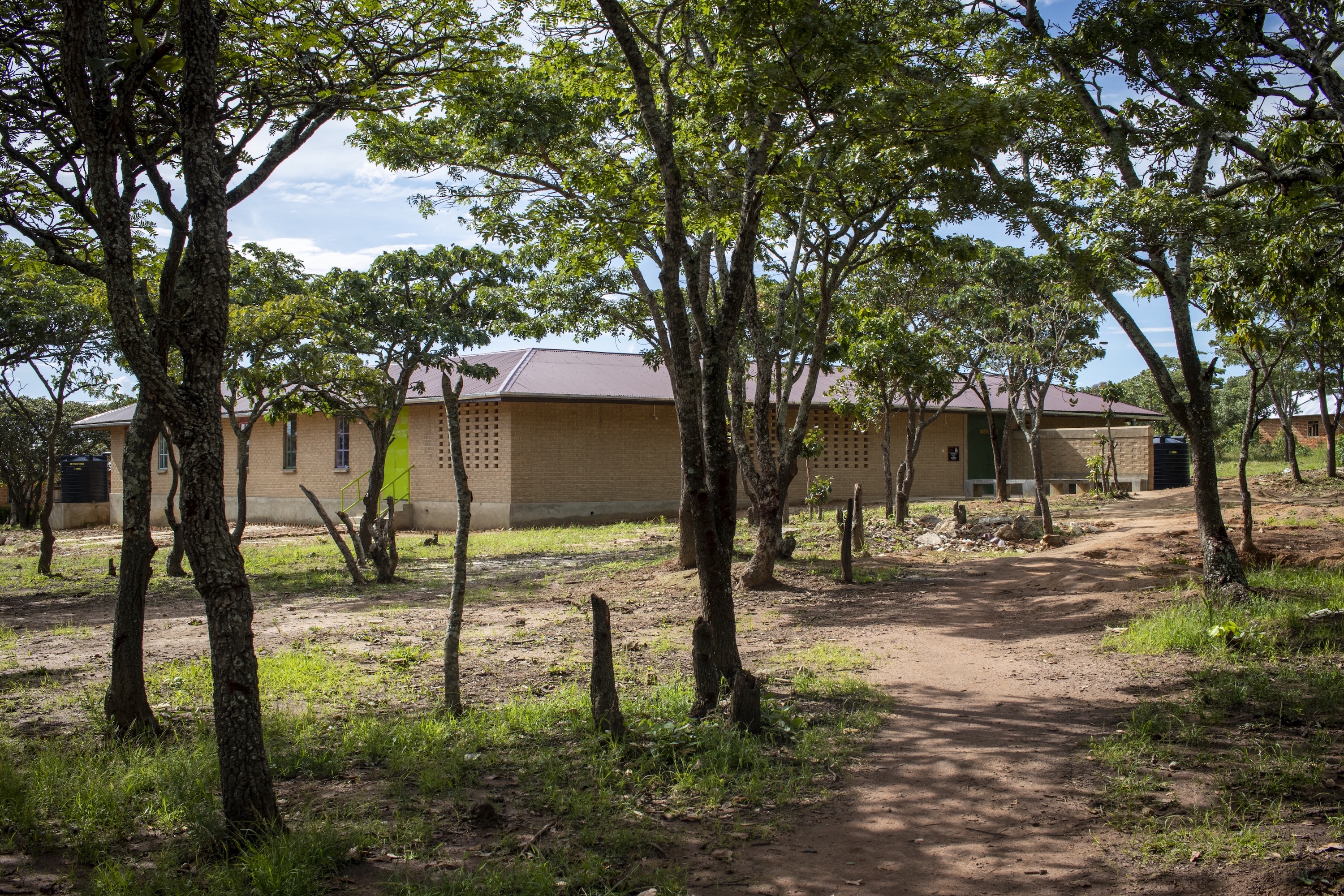
As a designer, I aim to be both critical and openminded. Sometimes it is necessary to say that a building should be left unbuilt. The work of the architect needs to remain creative – freedom of thought is the correct way towards change.
Ethics and morals have a defining influence on design work. As designers, we need to exercise empathy towards humans, animals, other creatures, the Earth and its resources. Everything we do leaves a trace. It is worthwhile considering what sort of impact we leave not only in our environment, but in ourselves: design processes should also be sustainable in terms of the hectic working environment we live in today.
Most of all, I try to teach my students what good design is. I hope for them to cherish a positive outlook, and faith and hope in architecture. We need more and more concrete actions and examples however. I try to set an example myself, and that is why I also want to hold on to my design practice alongside teaching. Spaces and buildings influence our mood. It is essential for the field of design to trust that we can make a change.
The article was first published on Finimalism.fi.
Finimalism strengthens Finland's country image through architecture, fashion and design, renewing the story of Finnish Design and highlighting Finnish creative talent. Finimalism is a collaboration between three organisations – Archinfo, Finnish Design Info and Fashion Finland. The joint project is made possible by EU structural funding.
